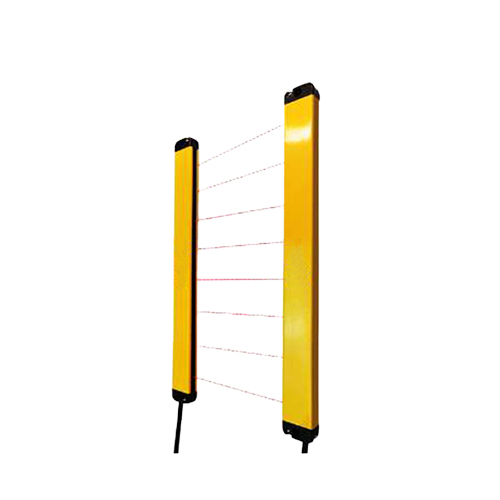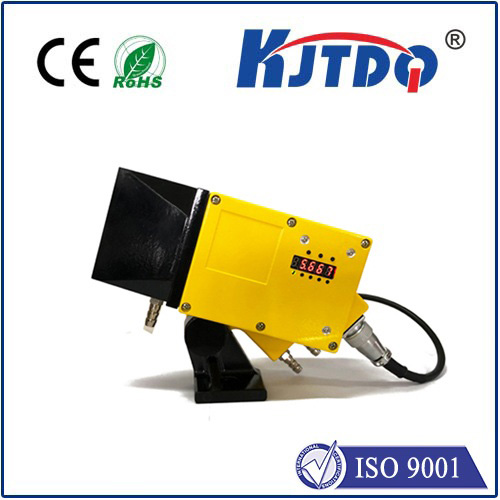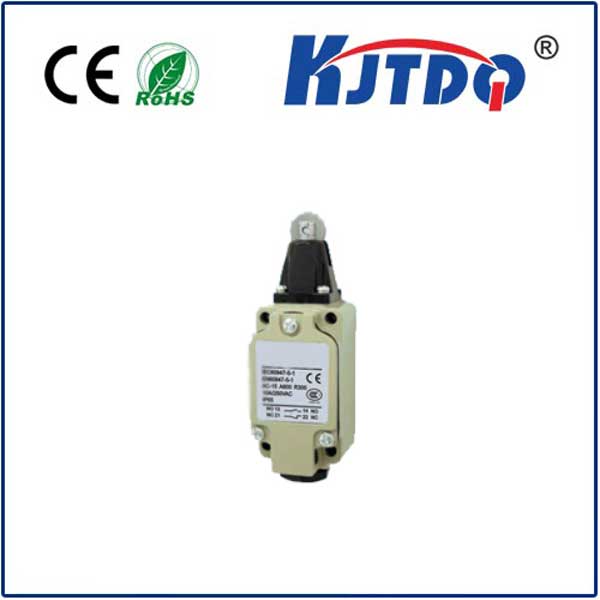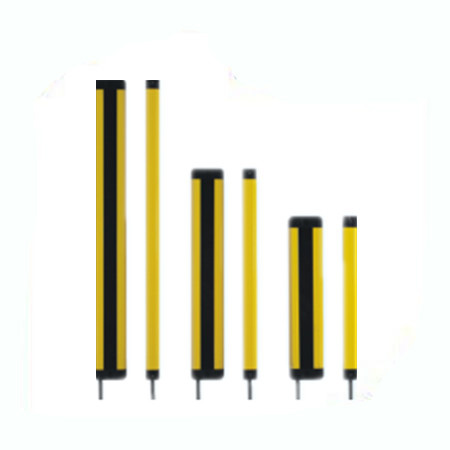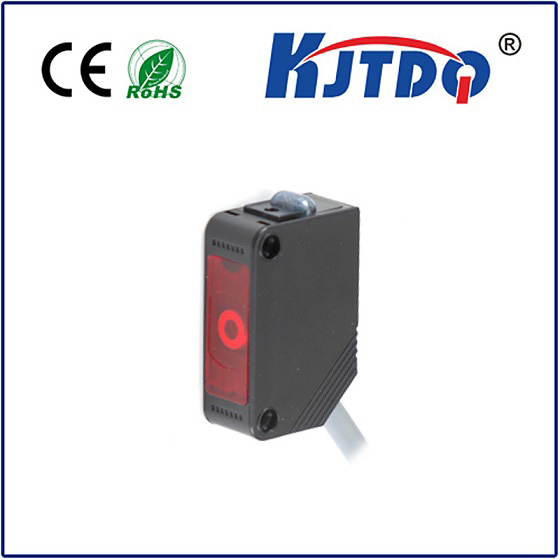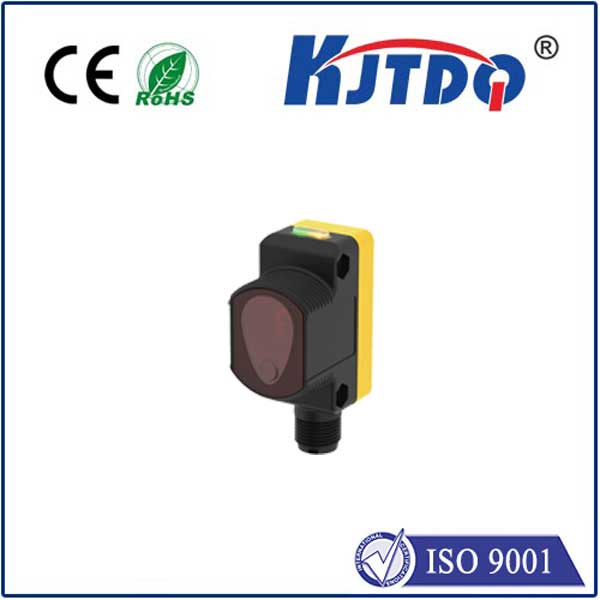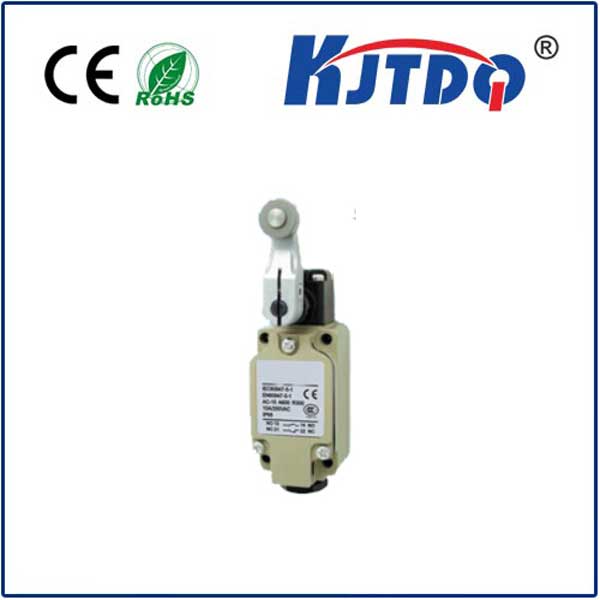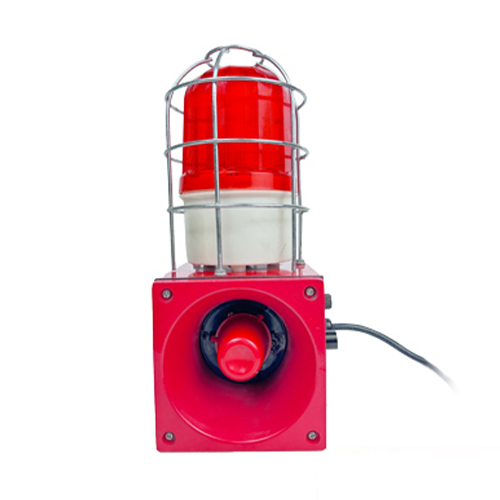

check

check

check

check

check

check

check

check

check

check
Imagine a high-speed bottling line, thousands of containers whizzing by every hour. Suddenly, a misaligned cap triggers a costly jam. Downtime racks up, production targets slip. Prevention often hinges on a silent sentinel – a proximity sensor. Among these crucial components, the E2E-X2ME1-Z 2M stands out as a dedicated performer for applications demanding precision, durability, and unwavering reliability in detecting metal targets. This article delves into its features, benefits, and ideal use cases, particularly when short-range detection of ferrous and non-ferrous metals is paramount.
Understanding the Core: Inductive Sensing
The E2E-X2ME1-Z 2M belongs to the inductive proximity sensor family. These are non-contact sensors that detect the presence of metallic objects without physical touch. How? They generate an electromagnetic field. When a metal target enters this field, it induces eddy currents within the target itself. These currents cause a measurable change in the sensor’s internal oscillator circuit, triggering its output switching state (typically turning ON or OFF). This principle makes them incredibly robust, wear-free, and ideal for harsh industrial environments where mechanical switches would fail rapidly.
Decoding the Model: E2E-X2ME1-Z 2M

Key Features and Advantages of the E2E-X2ME1-Z 2M
Reliable Ferrous & Non-Ferrous Detection: Like most inductive sensors, the E2E-X2ME1-Z detects most common metals used in manufacturing – both ferrous (iron, steel) and non-ferrous (aluminum, brass, copper). However, be aware that the effective sensing distance (Sn) is larger for ferrous metals than for non-ferrous metals. This variation must be carefully accounted for during design and setup to ensure reliable detection of the intended target material.
2-Meter Integral Cable: The factory-attached 2M cable provides immediate connectivity, simplifying installation and reducing potential failure points associated with connector pins or separate cabling. It offers sufficient length for many machine architectures while remaining manageable.
Standard M12 Mounting: The threaded barrel allows for quick, easy, and secure installation using a standard M12 mounting nut. This facilitates precise alignment and reduces installation time.
IP67 Environmental Protection: This inductive proximity sensor boasts an IP67 rating. This means it is:
Where Does the E2E-X2ME1-Z 2M Shine? Applications
This sensor excels in scenarios demanding precision, durability, and reliability in tight spaces:
Optimizing Performance and Selection Considerations
Sn) for your specific target.The E2E-X2ME1-Z 2M proximity sensor represents a focused solution within the broad world of factory automation sensors. Its hallmark is its ability to deliver reliable, close-range detection of metallic objects within a compact, metal-housed body able to withstand challenging workshop conditions. The integral 2-meter cable streamlines installation and connection. When your application hinges on verifying the precise presence or position of a metal object in a confined space or demanding environment – whether it’s a tiny component on an assembly line, a critical tool in a machining center, or an actuator in a robotic cell – this inductive sensor stands as a dependable choice for enhancing efficiency, preventing errors, and ensuring smooth, uninterrupted operation. Its specific design caters to situations where proximity sensing needs to be exceptionally accurate and resilient.
